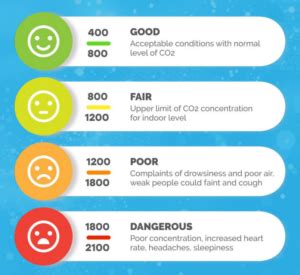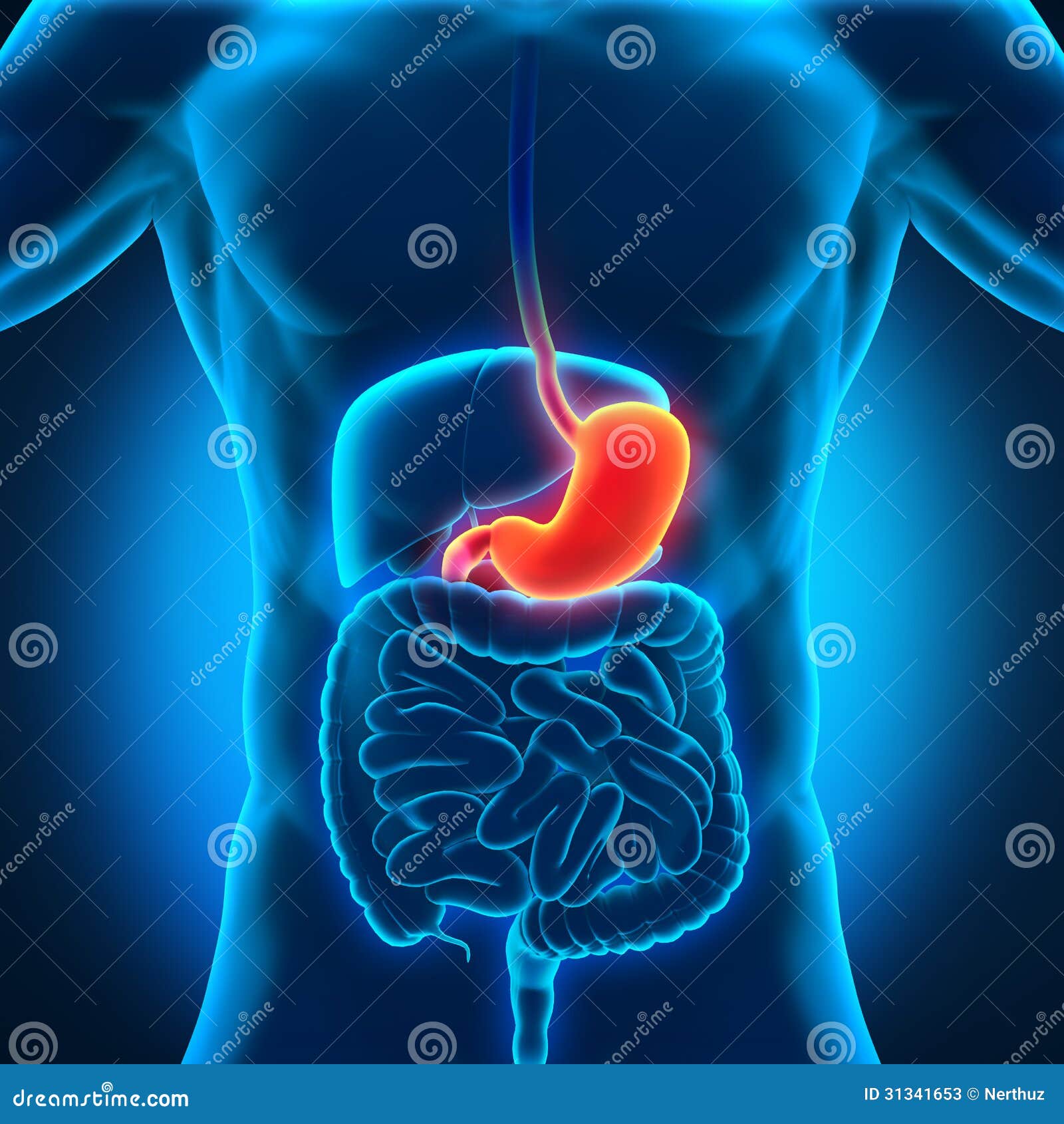At two years old, children often experience significant developmental milestones that shape their cognitive, social, emotional, and physical abilities. This is a period of rapid growth and exploration, where toddlers begin to assert their independence, experiment with language, and refine their motor skills. Understanding these milestones can help parents and caregivers support and encourage healthy development in their child.
Cognitive Development
Cognitive development in two-year-olds is characterized by an increasing ability to think, reason, and solve problems. Key milestones include:
- Imitation and Pretend Play: Two-year-olds often engage in pretend play, mimicking actions they see adults do, such as feeding a doll or making phone calls. This form of play demonstrates their ability to understand and replicate social roles and behaviors.
- Solving Simple Problems: Children at this age start to figure out how to solve simple problems, such as putting a square block into a square hole. They might also show an understanding of cause-and-effect relationships, like knowing that pushing a button makes a sound.
- Following Simple Instructions: Two-year-olds can follow simple verbal instructions, like “pick up your shoes” or “go get your book.” This indicates an improvement in their comprehension and ability to respond to commands.
Social and Emotional Development
Social and emotional development is crucial at the age of two, as children begin to interact more with their environment and the people around them. Notable milestones include:
- Expressing Emotions: Two-year-olds express a range of emotions and might become upset if they don’t get what they want. Tantrums are common as children struggle to manage their feelings and communicate their needs.
- Playing Alongside Other Children: Although they might not yet engage in cooperative play, two-year-olds often play alongside other children, showing an interest in social interaction and beginning to learn about sharing and taking turns.
- Showing Affection: Children at this age often show affection for familiar people and might give hugs and kisses. They also start to understand basic social cues, like waving goodbye.
Language and Communication
Language development is a key area of growth for two-year-olds, as they begin to expand their vocabulary and understand more complex communication. Significant milestones include:
- Vocabulary Expansion: Two-year-olds’ vocabularies expand rapidly, and they might say around 50 words and start combining two words together. They also start to understand simple questions and can point to body parts when asked.
- Imitation of Words and Phrases: Children at this age love to imitate words and phrases they hear, which is a crucial part of their language learning process.
- Understanding Simple Stories: They might start to understand simple stories and can follow along with a book, recognizing familiar pictures and a basic narrative structure.
Physical Development
Physically, two-year-olds are refining their gross and fine motor skills, leading to improvements in mobility and dexterity. Key physical milestones include:
- Running and Climbing: Two-year-olds can run, although they might not always be steady on their feet, and they love to climb onto furniture or play equipment. This shows significant improvement in their balance and coordination.
- Kicking a Ball Forward: Children at this age can kick a ball forward and might show interest in throwing a ball, albeit not always accurately. This demonstrates development in their gross motor skills.
- Drawing Simple Shapes: With their fine motor skills improving, two-year-olds might attempt to draw simple shapes, such as circles and lines, showing their burgeoning creativity and hand-eye coordination.
Tips for Parents and Caregivers
To support a two-year-old’s development, parents and caregivers can:
- Encourage Active Play: Provide a safe environment where children can run, climb, and engage in active play to promote physical development.
- Engage in Conversations: Talk to your child regularly, read books together, and encourage them to mimic your words and phrases to foster language development.
- Model Good Behavior: Children learn from what they see, so it’s essential to model good social behaviors like sharing, taking turns, and expressing emotions healthily.
- Offer Choices: Giving children simple choices, like what to wear or what fruit to eat, helps them feel more in control and can reduce tantrums.
Every child develops at their own pace, and some might need a little more time to reach certain milestones. If you have concerns about your child’s development, it’s always a good idea to consult with a pediatrician or a qualified healthcare professional for personalized advice and support.
What are the most significant cognitive milestones for a 2-year-old?
+Cognitively, a 2-year-old is expected to engage in imitation and pretend play, start solving simple problems like puzzles, and follow simple verbal instructions. They also begin to understand cause-and-effect relationships and can imitate actions they observe.
How can I encourage social and emotional development in my 2-year-old?
+Encouraging social and emotional development in a 2-year-old involves modeling good behaviors, providing opportunities for social interaction (like playdates), teaching emotional regulation (like deep breathing), and offering positive reinforcement for good social behaviors.
What are some strategies for promoting language development in a 2-year-old?
+Promoting language development in a 2-year-old can be achieved by engaging in conversations, reading books together, singing songs, and encouraging the child to mimic words and phrases. Responding to their attempts to communicate and expanding on their vocabulary are also effective strategies.
How can I support my 2-year-old’s physical development?
+Supporting a 2-year-old’s physical development involves providing a safe environment for active play, such as running, climbing, and throwing. You can also engage in physical activities with your child, like dancing or kicking a ball, to encourage their gross motor skills development.
What should I do if I’m concerned about my child’s developmental progress?
+If you have concerns about your child’s developmental progress, it’s essential to consult with a pediatrician or a qualified healthcare professional. They can provide a comprehensive assessment, offer personalized advice, and recommend interventions if necessary.


